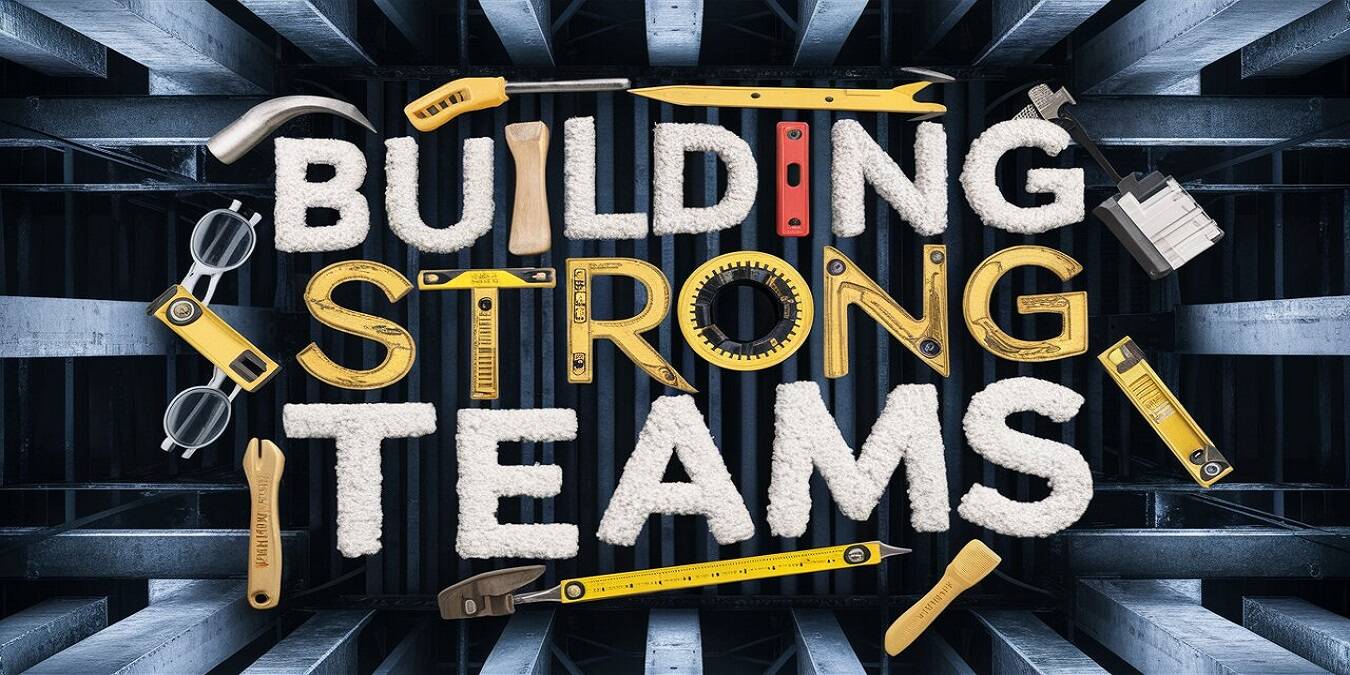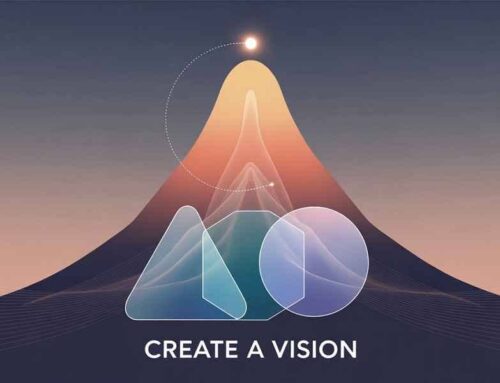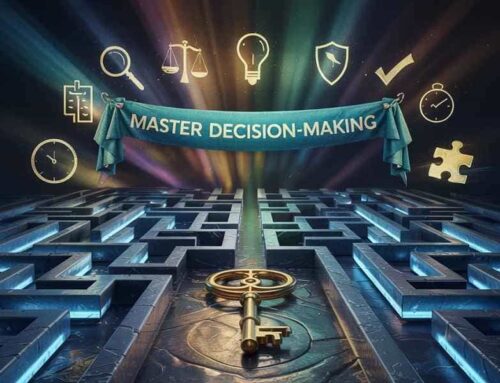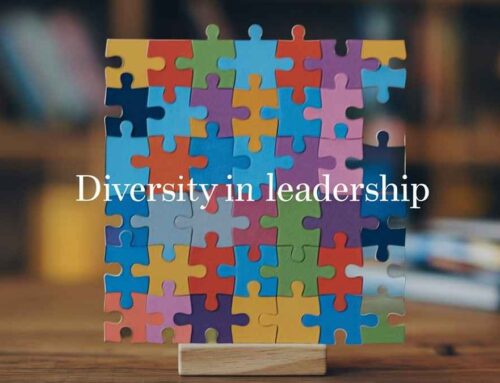
Building Strong Teams
In today’s rapidly evolving world, the importance of effective leadership and strong team dynamics cannot be overstated. Whether you’re leading a startup, managing a seasoned corporate team or nurturing a group of volunteers, building a cohesive, resilient team is crucial for success.
Strong leadership and robust team dynamics not only drive productivity but also foster innovation, employee satisfaction and organizational growth. In this comprehensive guide, we will delve into strategies for effective leadership and the essential practices required to build and sustain strong teams.
Understanding the Foundation of Team Dynamics
Before exploring specific leadership strategies, it is imperative to understand the fundamental components that contribute to effective team dynamics. A strong team is built on trust, clear communication, mutual respect and shared objectives. Here are the core elements:
A. Trust and Psychological Safety
Trust is the bedrock of any successful team. When team members trust each other, they are more likely to take risks, share ideas and collaborate effectively. Psychological safety – a concept popularized by Harvard Business School professor Amy Edmondson—is equally crucial. It refers to an environment where team members feel safe to express their thoughts without fear of ridicule or retribution. Leaders can cultivate trust and psychological safety by:
- Demonstrating honesty and integrity in their actions.
- Encouraging open communication and active listening.
- Showing empathy and understanding toward team members’ concerns.
B. Clear Communication
Effective communication is the glue that holds a team together. Without it, misunderstandings, conflicts and inefficiencies can arise. Leaders should strive to:
- Establish clear channels of communication.
- Foster an environment where team members feel comfortable sharing ideas and feedback.
- Ensure that everyone is on the same page regarding goals, expectations and responsibilities.
C. Mutual Respect and Inclusion
In a diverse team, mutual respect and inclusion are paramount. Team members should respect each other’s unique perspectives and contributions. Leaders can promote respect and inclusion by:
- Valuing diverse viewpoints and encouraging equal participation.
- Addressing any signs of discrimination or exclusion promptly.
- Celebrating the unique strengths of each team member.
D. Shared Objectives and Alignment
For a team to function effectively, all members must be aligned toward common goals. Leaders should:
- Clearly articulate the team’s mission, objectives and key results.
- Regularly revisit and refine goals to ensure they remain relevant and achievable.
- Foster a sense of ownership and commitment to collective success.
Strategies for Effective Leadership
With the foundational elements of team dynamics in place, let’s explore specific leadership strategies that can help build and sustain strong teams.
A. Lead by Example
Leaders set the tone for the entire team. By embodying the values and behaviors they wish to see, leaders can inspire their team members to follow suit. This includes:
- Demonstrating a strong work ethic, integrity and dedication.
- Showing respect and fairness in all interactions.
- Being transparent about both successes and failures.
B. Empower and Enable Team Members
Effective leaders empower their team members by providing them with the resources, autonomy and support they need to succeed. This involves:
- Delegating tasks and responsibilities based on individual strengths and interests.
- Providing opportunities for professional development and growth.
- Encouraging innovation and creative problem-solving.
C. Foster Collaboration and Teamwork
Encouraging collaboration and teamwork is essential for building a strong team. Leaders can do this by:
- Creating opportunities for team bonding and relationship-building.
- Promoting cross-functional collaboration to leverage diverse skills and perspectives.
- Encouraging collective decision-making and problem-solving.
D. Offer Constructive Feedback and Recognition
Constructive feedback and positive reinforcement play a significant role in team development. Leaders should:
- Provide timely and specific feedback aimed at improvement.
- Recognize and celebrate individual and team achievements.
- Foster a culture of continuous learning and growth.
E. Adaptability and Resilience
In a constantly changing world, adaptability and resilience are critical leadership traits. Leaders should:
- Be open to change and willing to pivot strategies as needed.
- Encourage a growth mindset and view challenges as opportunities for learning.
- Support team members in developing their own resilience and adaptability skills.
F. Develop Emotional Intelligence
Emotional intelligence (EQ) is the ability to understand and manage one’s emotions, as well as the emotions of others. Leaders with high EQ can:
- Build stronger relationships and foster trust.
- Navigate conflicts and difficult conversations with empathy and tact.
- Inspire and motivate team members through emotional connection.
Practical Techniques for Building Strong Teams
Beyond theoretical strategies, there are practical techniques that leaders can implement to strengthen their teams. Let’s explore some effective practices:
A. Regular Team Meetings and Check-Ins
Regular team meetings and one-on-one check-ins provide opportunities for communication, feedback and relationship-building. This can include:
- Weekly team meetings to review progress, set goals and address challenges.
- Monthly one-on-one check-ins to discuss individual performance, career aspirations and any concerns.
- Informal team huddles for quick updates and light-hearted interactions.
B. Team Building Activities
Team building activities are a great way to strengthen relationships and improve collaboration. These activities can be both formal and informal and should cater to the interests of team members. Examples include:
- Offsite retreats or workshops focused on team development.
- Social events like team lunches, game nights or outdoor adventures.
- Problem-solving challenges and simulations that require teamwork.
C. Clear Role Definition and Expectation Setting
A team can only perform well if every member understands their role and what is expected of them. Leaders should:
- Clearly define each team member’s roles and responsibilities.
- Set measurable and time-bound objectives.
- Regularly review and adjust roles to adapt to changing circumstances.
D. Promote Knowledge Sharing
A culture of knowledge sharing can significantly enhance team performance. Leaders should encourage:
- Mentoring and coaching within the team.
- Regular knowledge-sharing sessions where team members present on their areas of expertise.
- Open access to resources and information through centralized documentation or shared platforms.
E. Conflict Resolution Mechanisms
Conflicts are inevitable in any team. Effective leaders should have mechanisms in place to address and resolve conflicts constructively, such as:
- Establishing clear conflict resolution policies and procedures.
- Encouraging open communication and active listening during conflicts.
- Seeking mediation or external support if necessary.
F. Continuous Improvement Processes
A commitment to continuous improvement can drive a team’s long-term success. This involves:
- Regularly soliciting feedback from team members on processes and performance.
- Implementing incremental changes to improve efficiency and effectiveness.
- Celebrating successes and learning from setbacks.
Leveraging Technology for Team Building
In today’s digital age, technology plays a pivotal role in team building. Leveraging the right tools can enhance communication, collaboration and overall team performance. Here are some valuable technological solutions:
A. Communication Tools
Effective communication is vital, especially for distributed or remote teams. Popular communication tools include:
- Slack/Teams: Instant messaging platforms that allow for real-time communication and file sharing.
- Zoom/Google Meet: Video conferencing tools for virtual meetings and collaborations.
- Email: For formal communication and associated documentation.
B. Project Management Tools
Efficient project management ensures that tasks are completed on time and team members are aligned. Tools like:
- Trello/Asana: Visual project management tools that organize tasks through boards and lists.
- JIRA: Ideal for software development teams, offering detailed tracking and project planning capabilities.
- Monday.com: A flexible platform that can be customized for various project management needs.
C. Collaboration Tools
Collaboration tools facilitate teamwork and information sharing. Examples include:
- Google Workspace/Microsoft 365: Comprehensive suites that include document creation, sharing and collaborative editing.
- Miro: An online collaborative whiteboarding platform ideal for brainstorming and planning sessions.
- Confluence: A team workspace where knowledge and collaboration meet.
D. Performance Tracking Tools
Monitoring and assessing performance help ensure that team objectives are met. Useful tools include:
- OKR Software (Objectives and Key Results): Platforms like Weekdone for setting and tracking team goals.
- Employee Engagement Tools: Surveys and analytics platforms like Culture Amp to measure team sentiment and engagement.
- Time Tracking Software: Tools like Toggl for tracking work hours and productivity.
Case Studies: Successful Team Building Initiatives
A. Google’s Project Aristotle
Google’s Project Aristotle was a research initiative aimed at understanding what makes teams successful. The project identified key factors such as:
- Psychological safety: Ensuring team members feel safe to take risks and be vulnerable in front of each other.
- Dependability: Team members reliably complete quality work on time.
- Structure and clarity: Having clear roles, plans and goals.
- Meaning of work: Finding personal significance in the work.
- Impact of work: Believing that the work is purposeful and positively affects the greater good.
These findings underscore the importance of trust, clear roles, meaningful work and a sense of impact – all critical components of strong team dynamics.
B. Netflix’s Culture of Freedom and Responsibility
Netflix is renowned for its unique corporate culture, which emphasizes freedom and responsibility. Key practices include:
- Providing employees with the freedom to make decisions and innovate.
- Holding employees accountable through high performance standards.
- Encouraging candid feedback and open communication.
This approach has empowered Netflix’s teams to operate with agility and creativity, contributing to the company’s sustained success in a highly competitive industry.
C. Zappos and the Importance of Cultural Fit
Zappos, an online shoe and clothing retailer, places a strong emphasis on cultural fit in its hiring and team-building processes. The company’s unique approach includes:
- Rigorous Hiring Practices: Zappos hires employees based not only on their skills and experience but also on their alignment with the company’s core values.
- Extensive Onboarding: New hires go through an intensive onboarding process that immerses them in the company culture, including a four-week training program that culminates in an offer to leave the company with a payout if they don’t feel it’s a good fit—an offer only 1-2% accept.
- Culture Initiatives: Regular events, team activities and company-wide communications that reinforce the company’s values and foster a sense of community.
By prioritizing cultural alignment and engagement, Zappos has created a work environment where employees feel a strong sense of belonging and commitment, which drives team cohesion and customer satisfaction.
Overcoming Common Challenges in Team Building
Building strong teams isn’t without its challenges. Leaders must be prepared to navigate and address common obstacles, which include:
A. Managing Diverse Teams
Diversity can bring rich perspectives but also potential conflicts. Leaders should:
- Foster an inclusive environment where all voices are heard and valued.
- Provide training on cultural competency and unconscious bias.
- Facilitate open dialogues to understand and appreciate different viewpoints.
B. Remote and Hybrid Work Environments
The rise of remote and hybrid work has introduced new dynamics to team building. Leaders can address these by:
- Using advanced communication and collaboration tools.
- Maintaining regular virtual check-ins and meetings to ensure connectivity.
- Encouraging flexibility while setting clear expectations for remote work.
C. Navigating Team Conflicts
Conflicts can arise from misunderstandings, competition or differing priorities. Leaders should:
- Address conflicts promptly and constructively.
- Use mediation techniques to resolve disputes and find common ground.
- Promote a culture of open and respectful communication to prevent conflicts from escalating.
D. Maintaining Motivation and Engagement
Sustaining motivation can be challenging, especially during tough times. Leaders should ensure that:
- Goals and values are regularly communicated and celebrated.
- Team members’ contributions are recognized and rewarded.
- Opportunities for growth and development are plentiful.
E. Balancing Short-Term Goals with Long-Term Vision
Teams might often get caught up in short-term objectives at the expense of the long-term vision. Leaders can balance this by:
- Clearly communicating the long-term vision and how current tasks align with it.
- Encouraging strategic thinking and planning alongside day-to-day activities.
- Regularly revisiting and adjusting plans to stay aligned with long-term goals.
Conclusion: The Leadership Journey
Building strong teams is fundamentally linked to effective leadership. It requires a combination of trust, communication, mutual respect and shared objectives, all driven by a leader who embodies these values. As leaders, it’s essential to adapt and respond to the changing needs of your team while maintaining a focus on the foundational principles of team dynamics.
The journey of strengthening a team is ongoing. It involves constant learning, adapting and growing, both as an individual leader and as a collective unit. Embracing the principles outlined in this guide will not only help in building robust teams but will also pave the way for creating a sustainable, innovative and productive work environment.
Remember that the success of your team is a reflection of your leadership. By fostering an environment where trust, respect, open communication and shared goals thrive, you’re not only setting your team up for success but also contributing to a more collaborative and dynamic organization.
Call to Action: Engage Your Leadership Skills Today
What steps will you take to enhance your leadership approach and strengthen your team? Start by reflecting on your current practices, identify areas for improvement and gradually implement the strategies and techniques discussed here. Engage with your team, seek their input and collaboratively build a path towards success. Strong teams and effective leadership go hand in hand—commit to building that synergy today!
By laying down a strong foundation and continuously nurturing your team, you’re investing in a future where challenges are met with collective strength and achievements are celebrated by all. The ripple effects of your efforts will extend beyond immediate results, fostering a culture of excellence and mutual growth in your organization.














